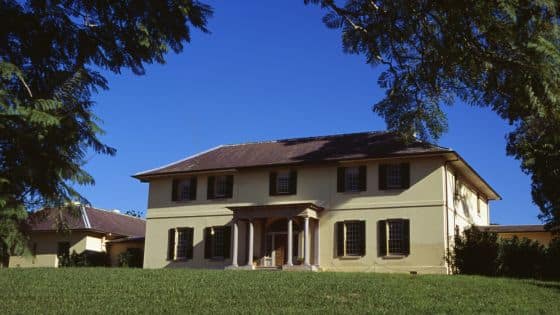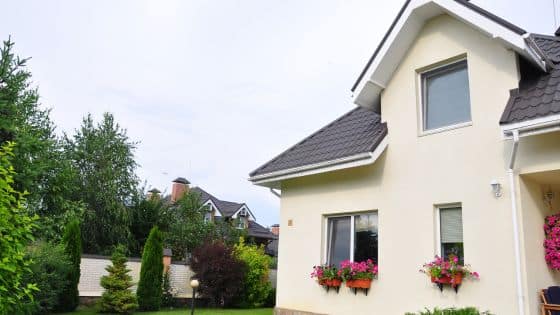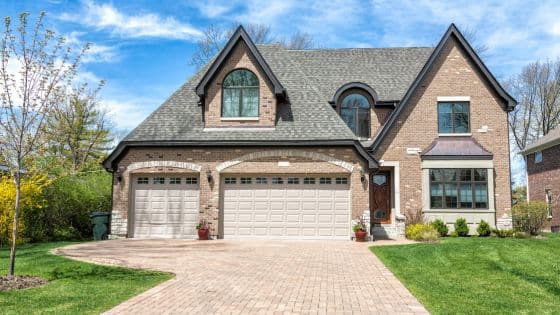The Importance of Regular Air Conditioning Tune-Up’s
Blue Mountain Heating And Air | Sacramento, Solano, Placer, & El Dorado County
The Importance of Regular Air Conditioning Tune-Up’s
As the temperatures in Sacramento rise during the summer months, your air conditioning system becomes more than just a luxury – it’s a necessity. To ensure that your air conditioner operates efficiently and reliably, regular air conditioning tune-ups are essential. We’ll explore why scheduling regular AC maintenance is so important and how it can benefit your home and wallet.
Why Regular AC Tune-Ups Are Crucial
Just like any other appliance in your home, your air conditioning system needs proper care to maintain its performance. While it’s tempting to wait for a problem to arise before calling a professional, routine tune-ups offer several advantages that can save you time, money, and headaches in the long run.
1. Improved Efficiency
One of the primary benefits of regular AC tune-ups is improved efficiency. Over time, dust, dirt, and debris accumulate inside your air conditioner, making it harder for the system to cool your home. When your system is clogged or dirty, it has to work harder to maintain your desired temperature, leading to higher energy consumption. During a tune-up, your technician will clean essential components like the evaporator coils, condenser coils, and air filters, allowing the system to run smoothly and efficiently. As a result, your AC unit won’t have to work as hard, leading to lower energy bills and improved performance.
2. Prolongs the Life of Your AC System
Air conditioning systems are a significant investment, and you want to ensure that your unit lasts as long as possible. Without regular maintenance, small issues can turn into big problems, reducing the lifespan of your system. Regular tune-ups help to identify and address minor issues before they escalate, which can prevent costly repairs or premature system failure. By investing in regular AC maintenance, you can extend the life of your air conditioner and avoid the need for an early replacement.
3. Prevent Costly Repairs
Catching issues early is key to avoiding expensive repairs. During a tune-up, the best technicians in Sacramento, CA, will thoroughly inspect your AC system to ensure that all components are functioning properly. If they notice any signs of wear and tear, they can address them before they become major problems. Regular maintenance can help you avoid emergency repair calls and the high costs associated with fixing a broken system in the middle of a hot summer.
4. Enhanced Indoor Air Quality
Your air conditioner does more than just cool your home – it also helps regulate the air quality. A dirty air conditioner can circulate dust, dirt, and other allergens throughout your home, which can negatively impact your indoor air quality. Regular AC tune-ups include cleaning the air filters and ducts, which helps prevent these particles from circulating in your home. If you or anyone in your household suffers from allergies or respiratory issues, keeping your air conditioner clean can make a significant difference in the air you breathe.
5. Helps Maintain Consistent Comfort
A well-maintained air conditioning system is more likely to provide consistent comfort throughout your home. Regular tune-ups ensure that your system is properly calibrated and that all components are functioning as they should. This can prevent hot spots or uneven cooling, ensuring that every room in your home is comfortable. Inconsistent cooling can be frustrating, but a professional tune-up will help ensure that your system runs smoothly and provides the even temperature control you need.
6. Stay Ahead of the Summer Heat
Summers in Sacramento can be brutal, and the last thing you want is for your air conditioning system to break down during a heatwave. By scheduling an annual tune-up before the summer season begins, you can ensure that your system is in top shape and ready to handle the heat. Preventative maintenance will give you peace of mind knowing that your AC unit is prepared to keep your home cool and comfortable, no matter how high the temperatures climb.
7. Improved System Performance
Over time, air conditioning systems can lose some of their original performance levels. However, with regular maintenance, you can ensure that your AC continues to run at its best. Tune-ups can help optimize system performance by checking refrigerant levels, ensuring proper airflow, and checking for any leaks or issues that may be impacting the system’s efficiency. A well-maintained air conditioner will perform better and more reliably, giving you a better overall cooling experience.
Contact Us
Regular air conditioning tune-ups are an investment in the longevity and efficiency of your AC system. By ensuring that your unit runs smoothly, you can improve energy efficiency, extend its lifespan, prevent costly repairs, enhance air quality, and maintain consistent comfort in your home. Scheduling annual tune-ups with the best technicians in Sacramento, CA, will help you stay ahead of the summer heat and ensure that your AC is always ready when you need it most.
If it’s been a while since your last tune-up, or if you’re due for your annual maintenance, contact Three Rivers Heating and Air today. Our team of skilled technicians is ready to keep your AC in top shape so that you can enjoy cool, comfortable air all summer long.







